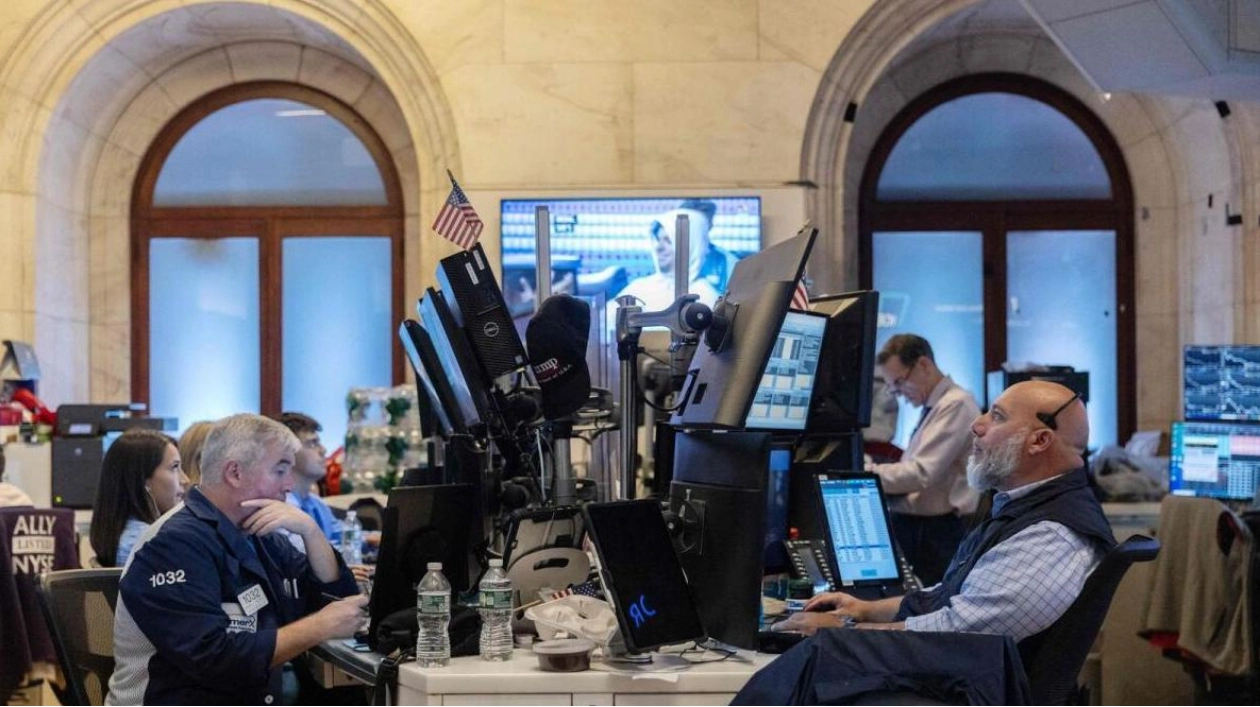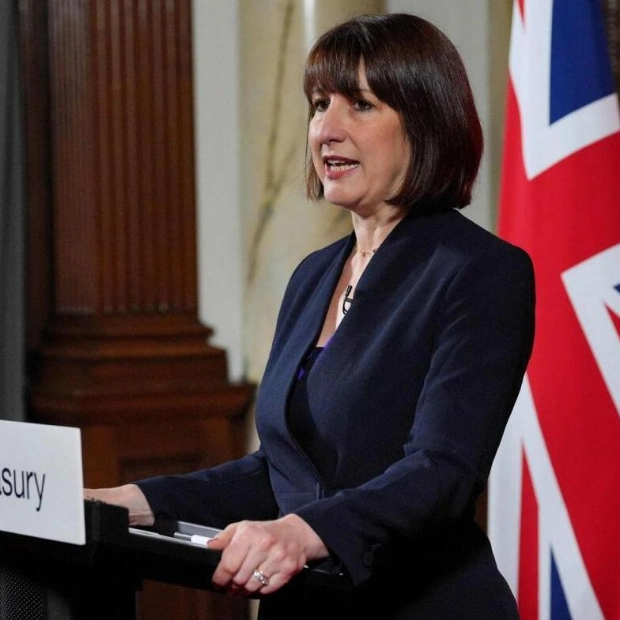A global selloff in equity markets has clouded the prospects for investors seeking to buy stocks at lower prices, as concerns about the US economy and underwhelming tech earnings raise fears of further losses. The S&P 500 dropped nearly 6% from its July peak following a two-day slump late last week, while the tech-heavy Nasdaq Composite experienced its first 10% correction from a record high since early 2022. European and Asian equities also suffered significant declines, with Japan’s Nikkei index falling nearly 5% for the week.
This market turmoil creates a quandary as a new trading week begins. Historically, buying stocks during downturns has paid off, with the S&P 500 rising about 50% from its October 2022 low. However, investors who buy into these dips risk substantial losses if recession fears intensify due to recent alarming US economic data. According to Truist Advisory Services, the S&P 500 has averaged a 29% decline during recessions since World War Two.
Saturday’s earnings report from Warren Buffett’s Berkshire Hathaway may also deter bargain hunters: the conglomerate reduced its Apple stake by about half and increased its cash holdings to $277 billion in the second quarter. Berkshire typically accumulates cash when it cannot find businesses or stocks to purchase at reasonable prices.
“People are beginning to reassess their risk exposure and whether their portfolios are adequately positioned,” said Mark Travis, a portfolio manager at Intrepid Capital, noting the high valuations that are causing investor hesitation. Stocks have surged this year, driven by enthusiasm for artificial intelligence and a Goldilocks economy characterized by resilient growth and cooling inflation.
However, the market’s risk appetite took a hit last week. Worries that the Federal Reserve might delay interest rate cuts, thereby hindering economic growth, led traders to sell off high-value chipmakers, industrial companies, and seek safety in US government bonds. Additionally, selloffs following disappointing earnings from tech giants like Amazon, Alphabet, and Intel heightened concerns about overvalued stocks.
Despite these challenges, some investors view the recent downturn as a temporary setback in an otherwise strong market year and are looking for buying opportunities. “We’ve been eager to invest in some of the pricier names but were frustrated by the lack of opportunities, and now we see a chance,” said Lamar Villere, portfolio manager at Villere & Co. The S&P 500 and Nasdaq are both up about 12% year-to-date, despite the recent selloff. Chipmaker Nvidia, a symbol of the AI boom, has gained about 117% year-to-date, though it has fallen more than 20% from its peak.
Economists have highlighted positive aspects in Friday’s jobs report, including robust workforce growth for two consecutive months. Some also suggested that Hurricane Beryl, which hit the Gulf Coast last month, might have distorted the statistics. Despite high expectations, some tech heavyweights, including Apple and Facebook-parent Meta Platforms, delivered strong earnings.
“Big tech stocks continue to operate excellent businesses with significant competitive advantages. Their cash flow remains robust,” said Michael Arone, chief investment strategist at State Street Global Advisors. “Investors often overreact in the short term.” However, others note that while stock valuations have slightly decreased in the recent selloff, they remain historically high.
The S&P 500 was trading at 20.8 times forward 12-month earnings estimates last week, down from 21.7 in mid-July, according to LSEG Datastream. The index’s long-term average is 15.7 times forward earnings, suggesting potential for further declines if more negative news emerges.
“This isn’t a Category 3 hurricane, but we are observing how markets react to signs of economic normalization after a hot first half of the year,” said Art Hogan, chief market strategist at B. Riley Wealth. “Markets can overreact, and investors latch onto any excuse to secure profits.” The absence of significant economic data releases until the August 14 consumer price report could keep markets volatile. Indeed, concerns about economic growth have made traders more anxious than they have been in months.
The Cboe Volatility Index, known as Wall Street’s fear gauge, reached its highest level since March 2023 on Friday as demand for options protection against a stock market selloff surged. Meanwhile, the yield on the benchmark 10-year US Treasury, which moves inversely to bond prices, fell nearly 40 basis points this week, the largest weekly decline since March 2020, as investors anticipated rate cuts and sought refuge from future volatility.
“That’s a substantial move,” said Michael Farr, president and CEO of Farr, Miller & Washington. “It certainly appears there’s a fear trade in play.”






